incl. VAT plus shipping costs
Immediate delivery, express possible ![]()
More than 20 Articles in stock
Delivery only innh. Germany and Austria possible.
Switch to the German store
- Item no: 7162
Fast delivery times
All products are in stock with us!14 years of breeding experience
Let our team of experts advise you!High customer satisfaction
from over 3,000 reviews "| Water values: | soft to medium hard |
| Diet: | omnivorous - omnivorous |
| Temperature: | 25-30 °C |
| Behavior: | Active |
| Feature: | Interesting coloring |
| with shrimps?: | with shrimps > 6 cm |
| Difficulty: | 4 - Special |
| Fish group: | Catfish |
| Visual effect: | Swarm behavior |
| Planting possible?: | Yes |
| Origin: | Asia |
| with snails/shells?: | Yes |
| Final size: | 4-8 cm |
| with large crabs?: | No |
| with fish?: | conditional* (see description) |
| Breeding: | heavy |
| with dwarf crabs?: | No |
| Pelvic region: | Center |
| Aquarium size: | 200 l (approx. 100cm) |
| with crabs?: | No |
Indian glass catfish, Kryptopterus vitreolus (also known by its former name Kryptopterus bicirrhis ), is probably one of the most bizarre fish in freshwater aquaristics ever. With its glassy body it always causes astonishment and fascination. Although it has been imported since the 1930s, it was not scientifically described correctly until 2013. A smaller version of him represents the Kryptopterus minor.
The Glass Catfish is native to a very small area in southeastern Thailand, where it inhabits current- and oxygen-rich clear rivers and streams, as well as waters of the Mailai Peninsula that flow into the Gulf of Thailand. A breeding of the Indian Glass Catfish has not succeeded so far, therefore the animals offered in the trade originate exclusively from these distribution areas.
Indian Glass Catfish have a slender and almost flattened body up to 6.5 cm long with a clearly pronounced neck. A pair of barbels is located on the upper half of the mouth. Their anal fin extends from the stomach to the caudal fin. The entire body is transparent, from the skin to the musculature, allowing a view of organs and the skeleton, which is how it got its German name. In the wild, this phenomenon serves as protection from predators. Its skin also has fluorescent properties, which is why it even glows a bit under black light.
Indian Glass Catfish are on the one hand very peaceful, but on the other hand also very susceptible to stress, especially when kept in too small groups and are therefore more suitable for advanced aquarists.
Their sexes can be distinguished only with difficulty or not at all, but it is assumed that the females become more plump and round. Even though highly motivated aquarists have already cut their teeth on breeding, only one accidental reproduction is known so far. Presumably the change of seasons, which is almost impossible to recreate in the aquarium, is decisive for the reproduction. In the case of accidental breeding, the females spawned over fine-feathered plants. Therefore, another assumption is that females in the wild migrate to flooded areas to spawn and then return to their home waters.
According to their habitat, the aquarium should be at least 180 liters, and the Indian Glass Catfish should be kept in a school from 20 animals upwards, rather than in a small group. Since he panics very quickly, the size of his swarm gives him reassurance. Concerning the water values it is quite flexible: the total hardness may be between 5-20 °dGH, whereas 10 °dGH would be desirable. The pH should be between 5-7.5, the optimal comfort temperature is 23-28 ° C. A mixture of brown and black gravel with sandy areas is suitable as substrate. Since the Indian Glass Catfish likes to stand in the middle of the tank in the current, only the edges and sides should be planted and also have a floating plant cover for darkening. Overly bright lighting imparts stress to the animals.
Indian Glass Catfish are zooplankton eaters and therefore good hunters. A socialization with invertebrates is therefore not recommended. They also prey on smaller fish and juveniles. Therefore somewhat larger and above all peaceful, as well as calm fish are suitable as by-fish.
Usually the glass catfish feeds omnivorously on animal and vegetable live food and frozen food and is sometimes difficult to accustom to canned food. However, with a little patience, this can also be accomplished. It should be regularly supplemented with live food and frozen food to ensure a species-appropriate diet.
Our food recommendation: The NatureHolic Catfish Feed for all aufwuchs feeding sucking catfish in the aquarium is a balanced tablet food, which does not cloud the water and the fish like to eat. The catfish tablets also contain the NatureHolic active ingredient complexes, which provide the sucking catfish with everything they need for a strong immune system, healthy growth and great, contrasting coloration.
Our plant recommendation: For planting, use NatureHolic InVitros. These are free of snails, planarians and other unwanted co-inhabitants. Also free of algae spores, bacteria and fungi.
Expert Tip: We recommend for fish keeping the NatureHolic 3 Phase Liquid. The care set offers the best all-round protection for your animals. It ensures optimal conditions for successful breeding and keeping.
| Scientific name: | Kryptopterus vitreolus |
| German name: | Indian glass catfish, ghost fish |
| Difficulty level: | advanced |
| Origin/Distribution: | Southeast Asia |
| Coloration: | elongated, completely transparent body with a pair of barbels on the head |
| Age expectancy | 8-10 years |
| Water parameters: | GH 5-20 ° dGH, KH 6-15, pH 5-7.5, temperature 23-28 °C |
| Tank size: | from 180 l |
| Food | Omnivorous, live and frozen food, dry food conditionally |
| Breeding | not breedable |
| Behavior | very peaceful |
| Group size | at least 10 animals, more likely 20+ |
| Further information | Ten typical aquarium fish for beginners and alternatives to them, Tips for acclimating fish to the aquarium, Feeding aquarium fish properly - cheap food and what it can do |
- Item no: 7162
- EAN No.: 7427061494976
Entdecke die Garnelio Welt!
Garnelio gehört zu den größten Onlineshops für wirbellose Aquarientiere weltweit.
Viele Artikel gibt es exklusiv nur bei uns im Shop.

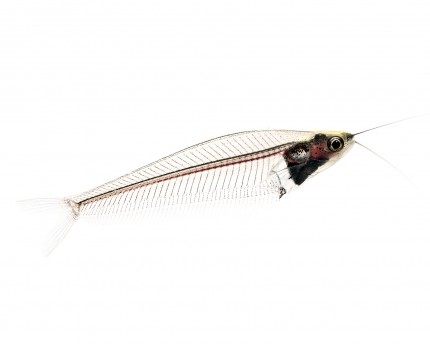


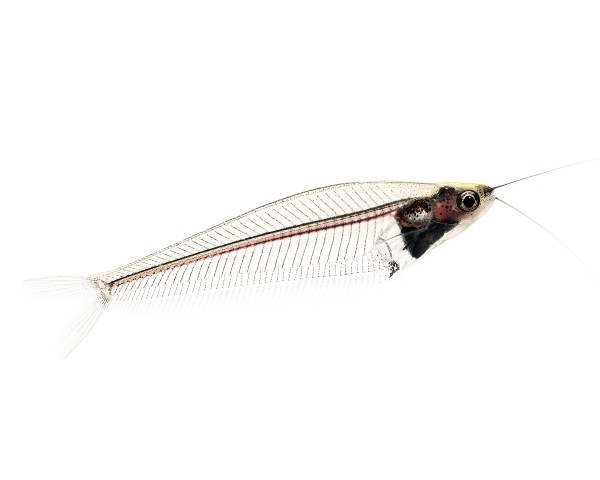



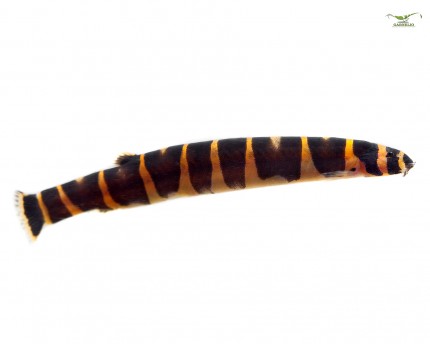
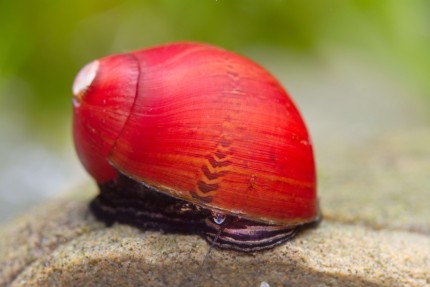

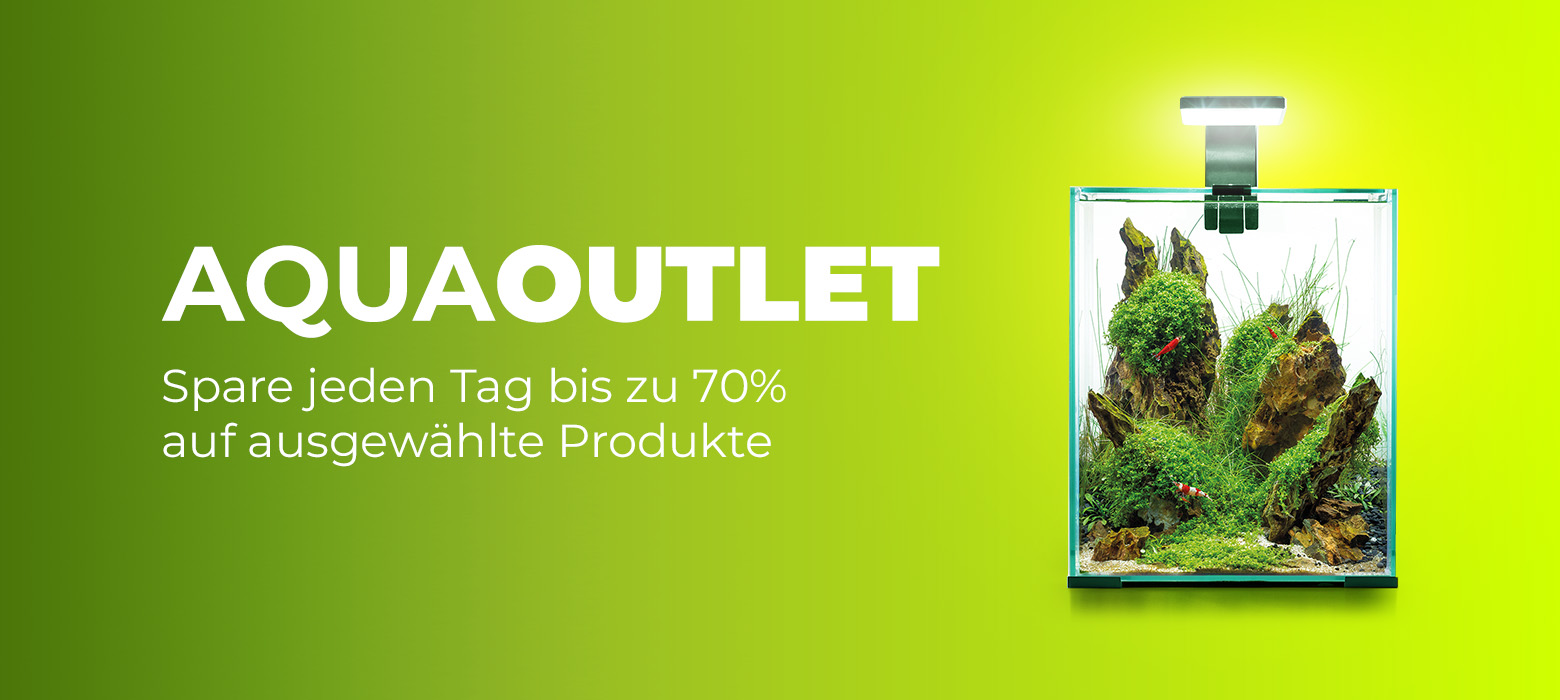
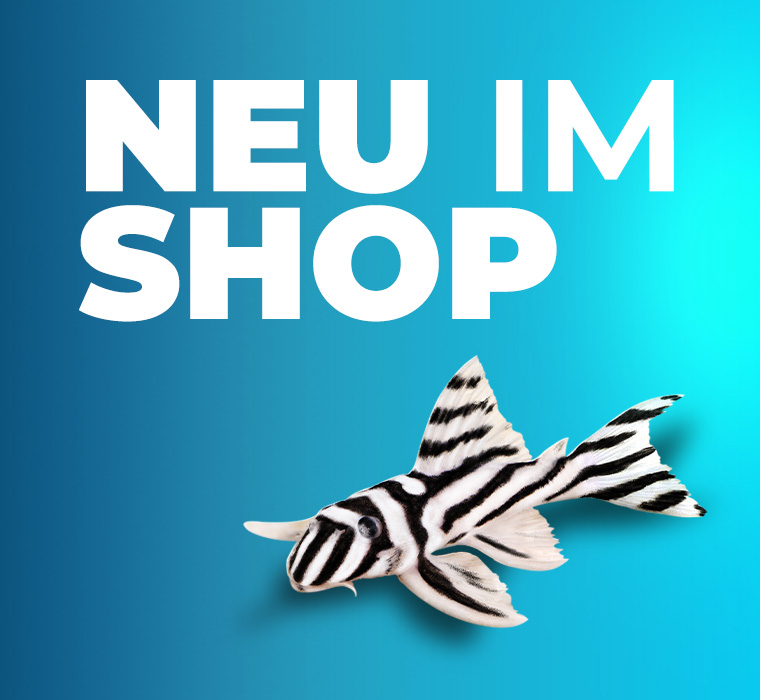


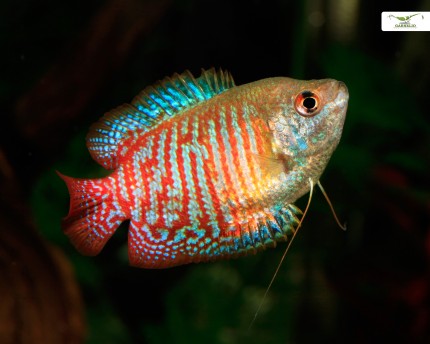
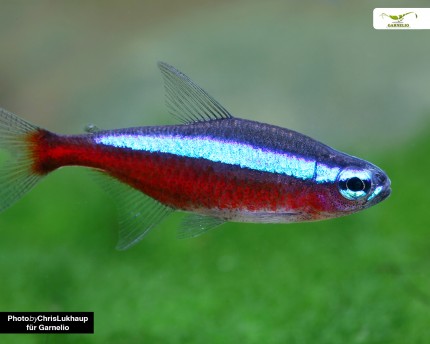
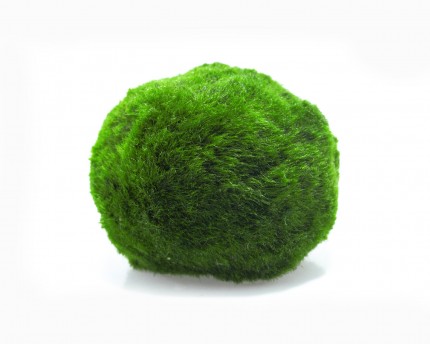
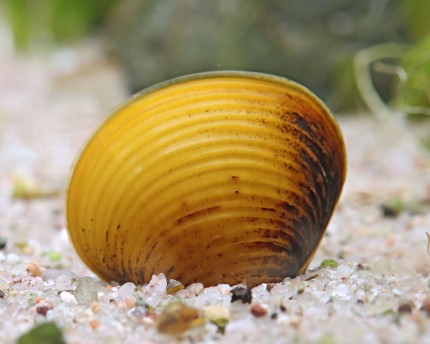
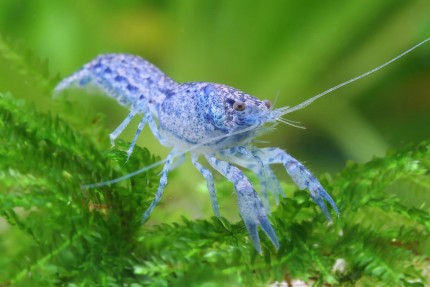
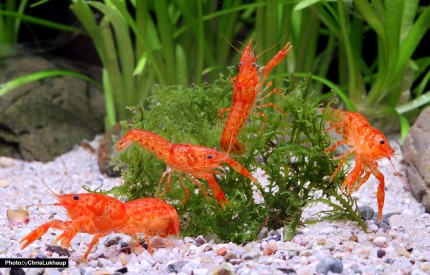

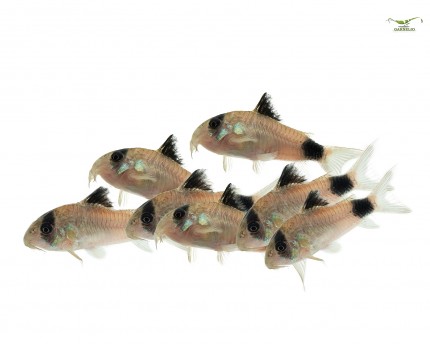
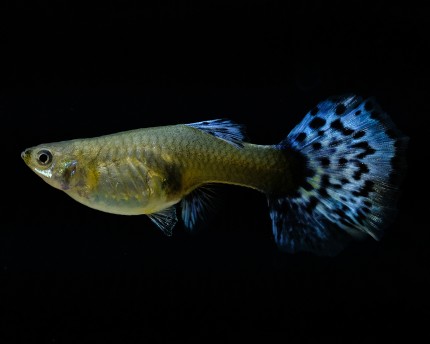
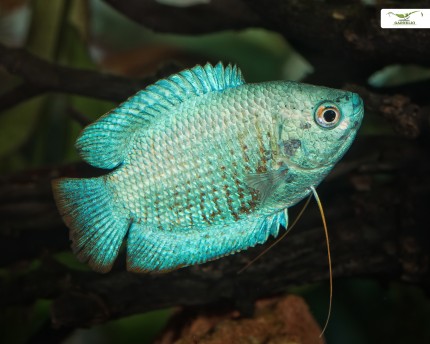
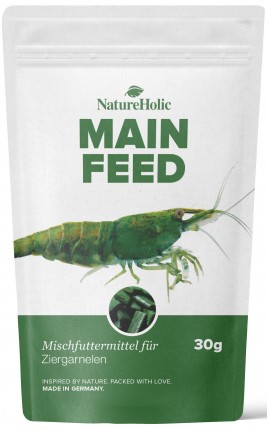
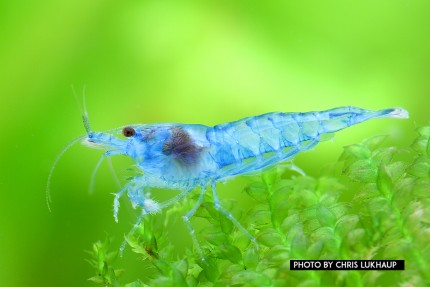
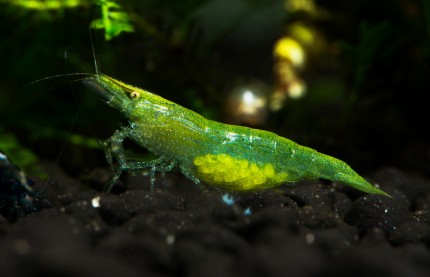
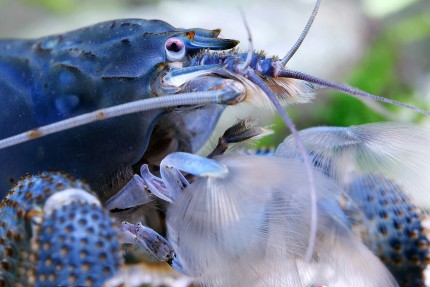
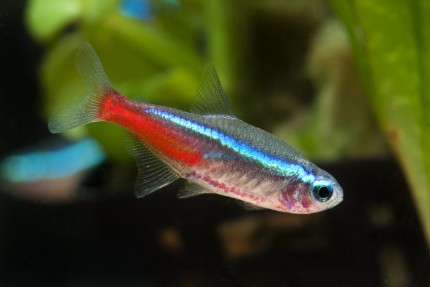
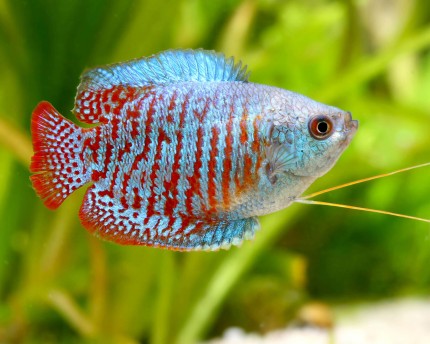
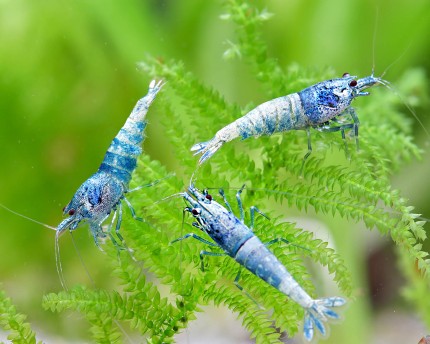
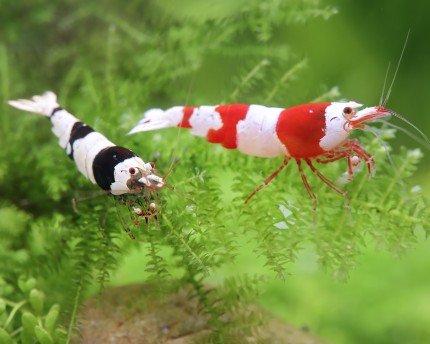
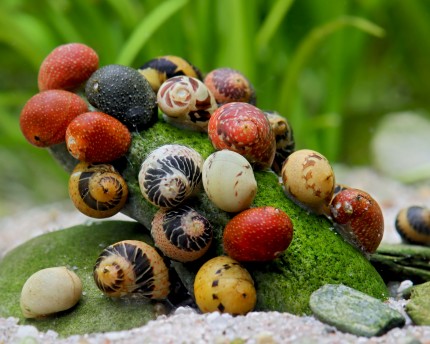
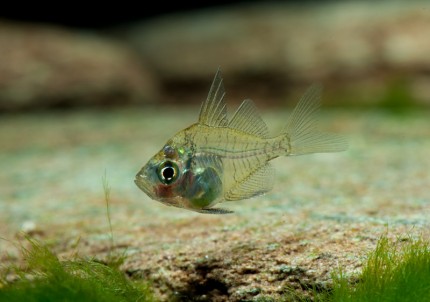
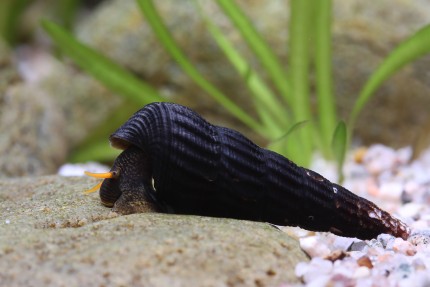
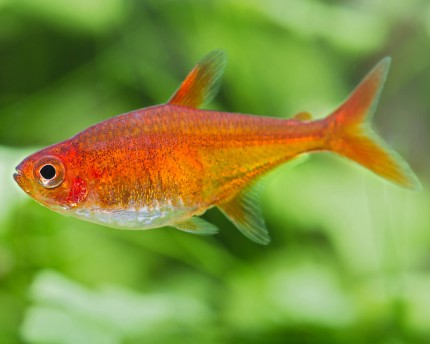
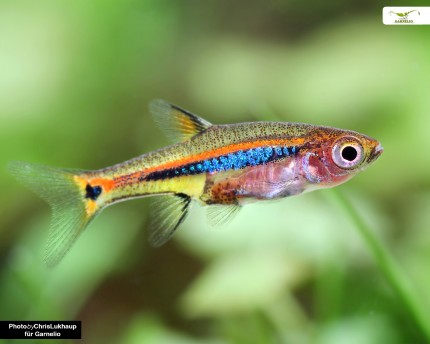
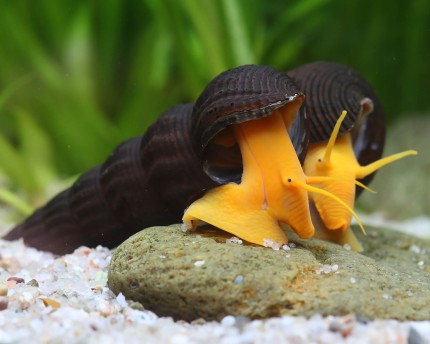
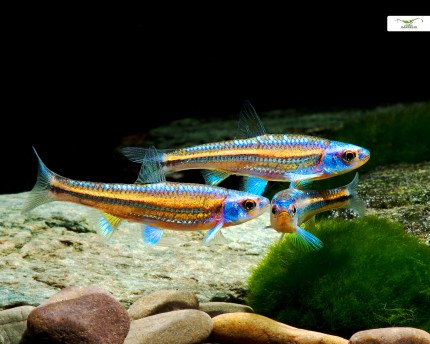
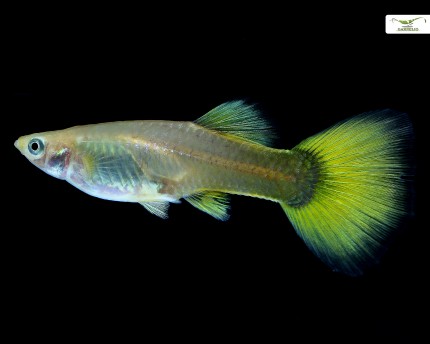
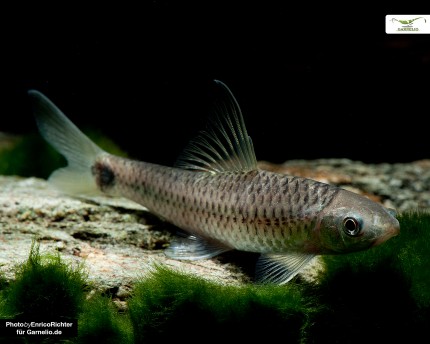
The fields marked with * are required.
I have taken note of the privacy policy.